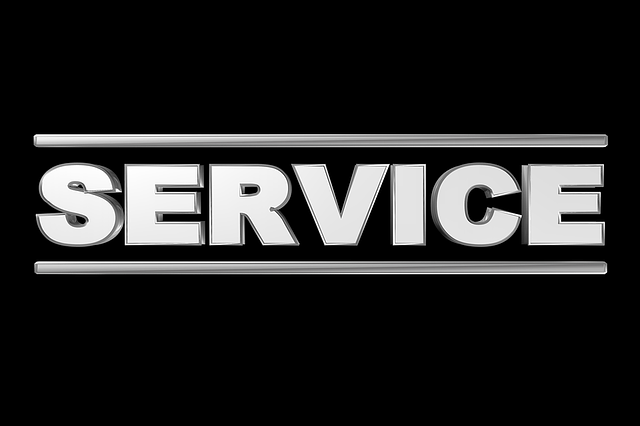Conducting pre- and post-move property assessments in Real Estate protects assets, identifies damage, and fosters trust in the relocation process. Efficient packing strategies streamline moves by categorizing items, room-by-room organization, and clear labeling. Professional movers with specialized tools offer expertise, punctuality, and secure packing methods for seamless, cost-effective Real Estate transitions.
Seamless moves require meticulous planning, especially in real estate. Effective logistics coordination ensures a stress-free transition for both homeowners and tenants. This article guides you through crucial steps: assess property conditions before and after the move, plan efficient packing strategies to minimize disruption, and coordinate professional movers equipped with necessary tools. By following these practices, you can ensure your real estate ventures conclude smoothly and efficiently.
Assess Property Conditions Before and After Move

Before planning any move, it’s crucial to assess the property conditions both before and after the transition. This step is fundamental in ensuring a seamless shift for all residents or business owners involved. Professional movers and real estate experts suggest conducting thorough inspections to identify any pre-existing damage, wear, or unique features within the space.
By thoroughly evaluating the property prior to the move, you can accurately document its condition. Similarly, post-move assessments help determine if there’s been any unforeseen damage during transportation. This meticulous approach not only facilitates smooth transitions but also serves as a protective measure for individuals and assets, fostering trust in the logistics process.
Plan Efficient Packing for Minimal Disruption

Efficient packing is a cornerstone of a seamless move, especially in dynamic sectors like Real Estate. To minimize disruption during transitions, residents and professionals alike should adopt strategic packing techniques. Start by categorizing items into keep, donate, recycle, or discard piles. This process not only simplifies the unpacking stage but also promotes sustainability.
Next, invest time in organizing belongings thoughtfully. Pack room by room, labeling boxes clearly with their contents and destination. Fragile items should be wrapped securely and marked accordingly to prevent damage during transit. This meticulous approach ensures that unpacked rooms remain functional, limiting temporary inconveniences and speeding up the relocation process.
Coordinate Professional Movers and Equipment

When coordinating a move, especially in the real estate industry where time is money, it’s crucial to ensure smooth logistics. One critical aspect is organizing professional movers who possess the expertise and resources to handle various moving tasks efficiently. These professionals are equipped with the right tools, including specialized equipment for furniture disassembly, heavy lifting, and fragile item handling.
By enlisting their services, real estate agents and property owners can streamline the relocation process. Movers with experience in the industry understand the importance of punctuality, especially when dealing with tight timelines. They also provide valuable insights into efficient packing methods, ensuring items are securely packed for safe transit, which is a significant concern in the real estate sector where the condition of properties upon delivery is paramount.






